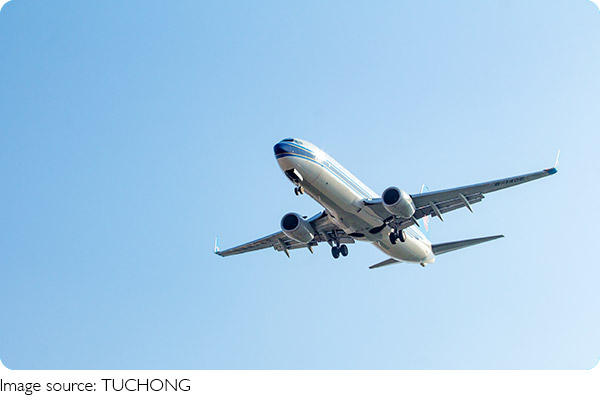
Baggage Fees: Hack It!

Carry-on luggage sizes and weight limits vary depending on the airline, aircraft type, and ticket class.
Understanding these differences can help prevent the inconvenience of having to gate-check your bag.
Airline’s Guidelines and Requirements for Carry-On Luggage
What Size Should Your Carry-On Luggage Be?
For domestic flights in the United States, most major airlines accept carry-on bags that are smaller than 22 x 14 x 9 inches (45 linear inches). Calculating the total linear inches involves adding the length, height, and depth of the bag.
While some airlines allow bags up to 50 linear inches, it’s advisable to aim for around 45 linear inches when purchasing a new carry-on. Internationally, many airlines operate with varying size restrictions, but a carry-on bag of 45 linear inches or less generally complies with most requirements.
Related
 Are you drinking green tea all wrong? The best time to drink it for maximum benefits revealed!
Are you drinking green tea all wrong? The best time to drink it for maximum benefits revealed!
 Say goodbye to fleeting trends! Discover which design choices are fading fast—don’t let your home get stuck!
Say goodbye to fleeting trends! Discover which design choices are fading fast—don’t let your home get stuck!
 Discover the shocking design trends transforming homes! Ready to turn your space into a sanctuary?
Discover the shocking design trends transforming homes! Ready to turn your space into a sanctuary?
 Is your living room feeling more ‘meh’ than ‘wow’? Let’s turn that space into the ultimate hangout spot with these game-changing tips!
Is your living room feeling more ‘meh’ than ‘wow’? Let’s turn that space into the ultimate hangout spot with these game-changing tips!
 Your Makeup is Poisoning You? The Shocking Truth About Expired Beauty Products!
Your Makeup is Poisoning You? The Shocking Truth About Expired Beauty Products!
 The Most Effective Way to Win Any Argument Revealed - And It's Not What You Think!
The Most Effective Way to Win Any Argument Revealed - And It's Not What You Think!
Weight Limits for Carry-On Luggage
With the exception of Frontier and Hawaiian Airlines, most major U.S. airlines do not enforce weight limits on carry-on bags. However, passengers are typically expected to lift their own bags into the overhead compartments. Internationally, airlines often impose weight restrictions that can range from 11 pounds to 50 pounds for carry-ons.
Number of Carry-Ons Permitted
Most airlines allow economy passengers one carry-on and one personal item. Business, first, or premium-class passengers may have additional allowances. Basic economy tickets usually permit only a personal item without access to overhead bin storage.
What Constitutes a Personal Item?
A personal item must fit under the seat in front of the passenger and may include items like purses, small backpacks, and laptop bags. Some airlines permit additional items like diaper bags, cameras, or duty-free purchases. Strollers can often be gate-checked.
Calculating and Measuring Your Carry-On
To measure your carry-on bag accurately, combine its length, height, and depth. These dimensions are often found on the product page or hang tag of the bag. Many airlines provide measurement boxes for passengers to assess their carry-ons before the flight.
What is Considered a Carry-On?
Typically, a small rolling suitcase, duffel bag, larger backpack, or garment bag fits the criteria for a carry-on. Passengers may also substitute a small musical instrument for a carry-on, as allowed by law. Certain sports equipment can also be brought on board, subject to the airline’s rules.

Items Allowed in Carry-On and Personal Items
Carry-on luggage must abide by TSA regulations, including the 3-1-1 liquids rule. Additionally, passengers should avoid carrying dangerous items, explosives, or flammable materials in their carry-ons.
Foods are generally permitted, but some items are subject to restrictions. Packing cubes can aid in organizing and maximizing space in your carry-on.
Alternatively, travelers can opt for luggage shipping services to avoid the hassle of carrying bags altogether.